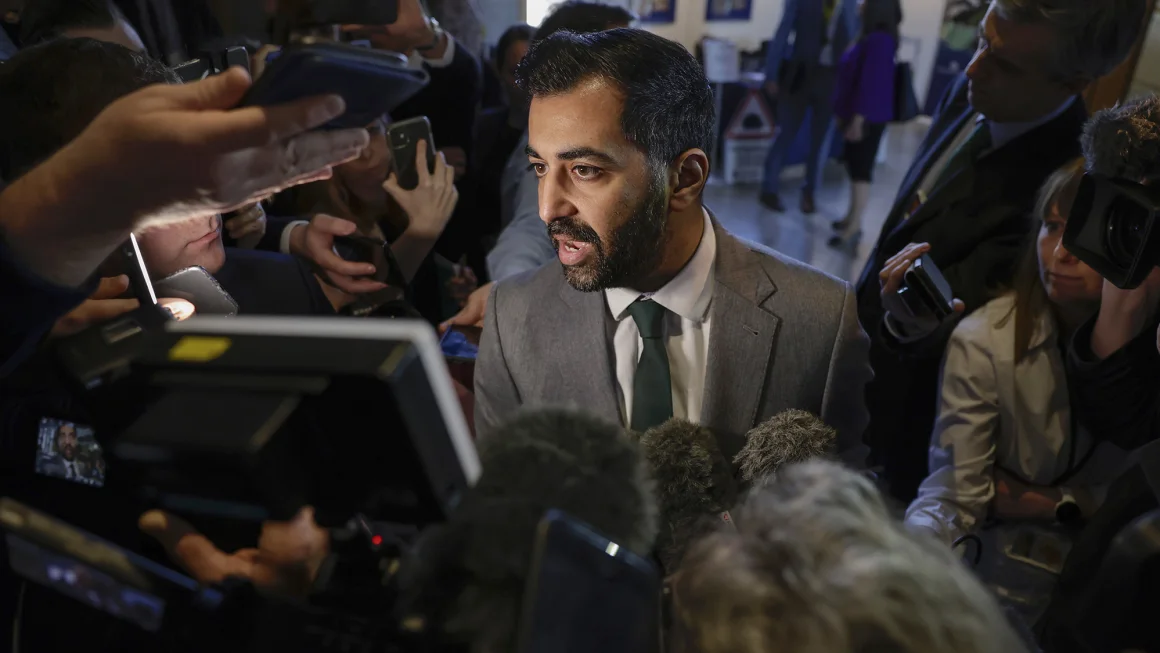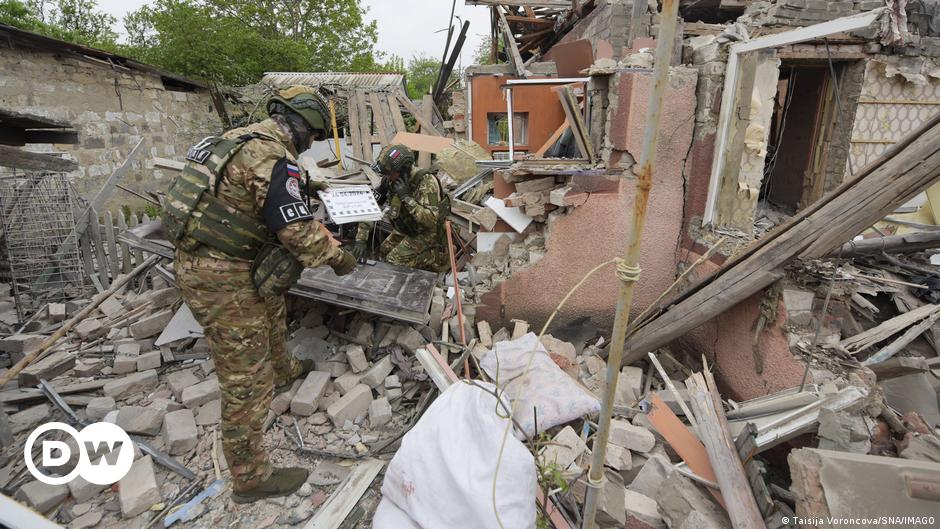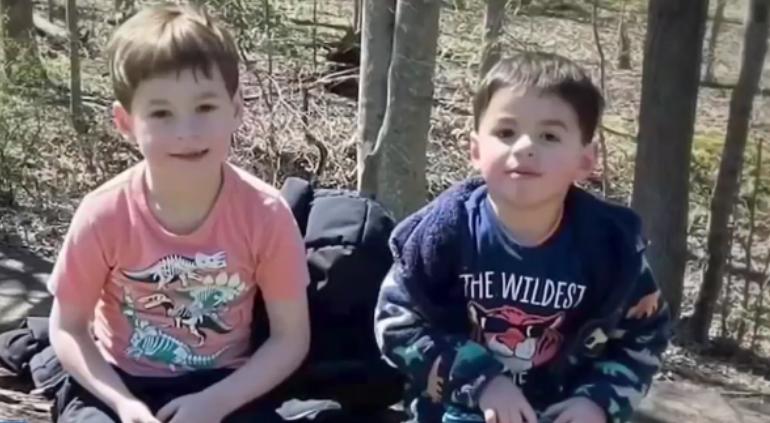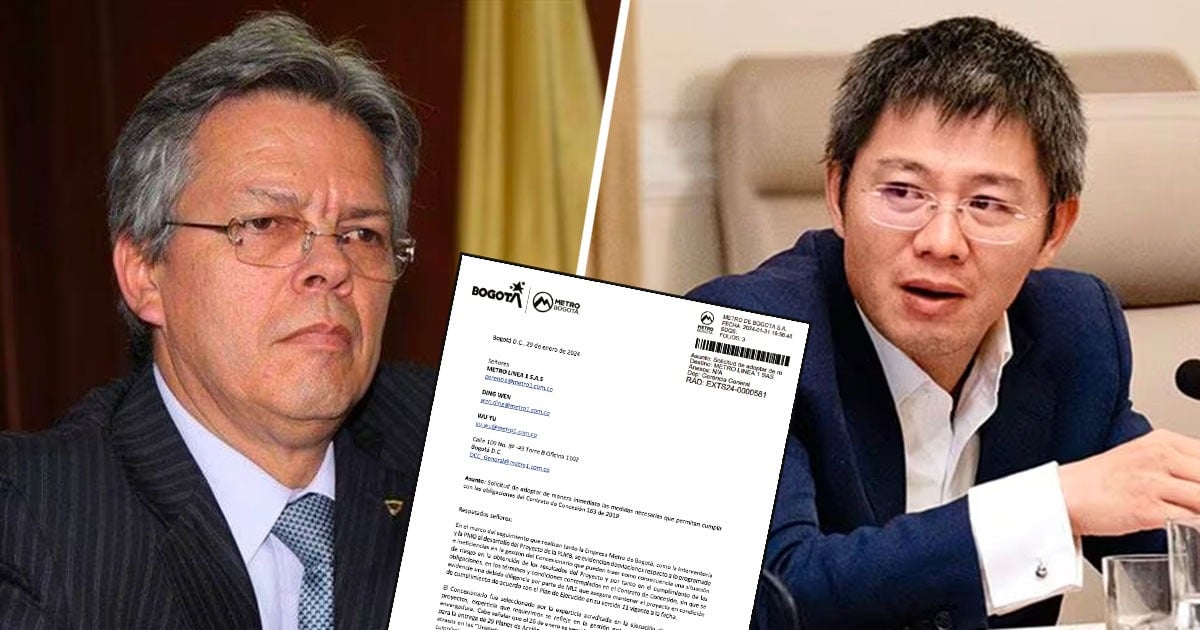Flag signs Ratoncito Pérez
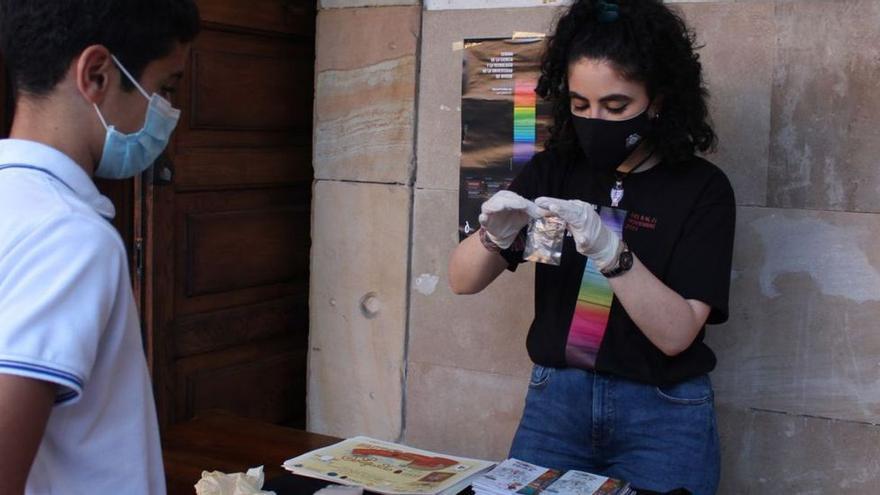
The University of Oviedo makes these days Tooth Fairy. He is looking for milk teeth to feed the largest collection in the world: those of the National Center for Research on Human Evolution (Cenieh), based in Burgos, which currently has more than 3,000 teeth for children from all over Spain. The group, which will take place until next Friday in the historic building of the Asturian Academic Foundation, will work on the investigation of human evolution, dentistry or forensics. “Its potential is enormous and will be very useful in future studies on diet, disease, and dental tissues… Marina Martinez de PinillosOne of the project coordinators and researcher in the Dental Anthropology Group.
The Burgos Center has been collecting milk teeth from all over Spain since 2018, thanks to the cooperation of universities, including the Asturian University. The last collection organized by the University of Oviedo took place before the outbreak of the epidemic and amounted to a hundred pieces, according to the details. Yissar AheduCoordinator of the Scientific Culture and Innovation Unit (UCC + i). “We will encourage schools for students to give their baby teeth. It doesn’t matter how old and whether a piece is new, Ahedo explains. The truck only runs in the morning: from 9.00 a 13.00 hours. “Parents or grandparents can come to have them,” he points out.
Related news
The impressive collection of Ratoncito Pérez will be international next year or, at least, that is the interest of Marina Martinez de Pinillos and her team. “We are in contact with universities and educational centers in Australia, Argentina and the Dominican Republic. If these agreements can finally be implemented, having teeth of different origins and groups will allow us to obtain very useful information Studying the enormous diversity of our species & rdquor;, for LA NUEVA ESPAÑA, a newspaper belonging to the same group of communications as this medium.
So far, store 3000 teeth It has been used in scientific papers published in high-impact journals. Some of them are related to “the morphology of the teeth of the fossil species Homo antecessor”; or with “analysis of differences between boys and girls found in different species”. Burgos scholars do not set a ceiling, but would like “a similar or statistically significant percentage of each piece”. Currently, “the highest proportion corresponds to the incisors (more than 15%) and the lowest to the molars, specifically, the lower second”.

“Award-winning zombie scholar. Music practitioner. Food expert. Troublemaker.”


/cloudfront-eu-central-1.images.arcpublishing.com/prisa/AHVYMMDSTZDTDBFNZ3LMFUOKNE.jpg)




